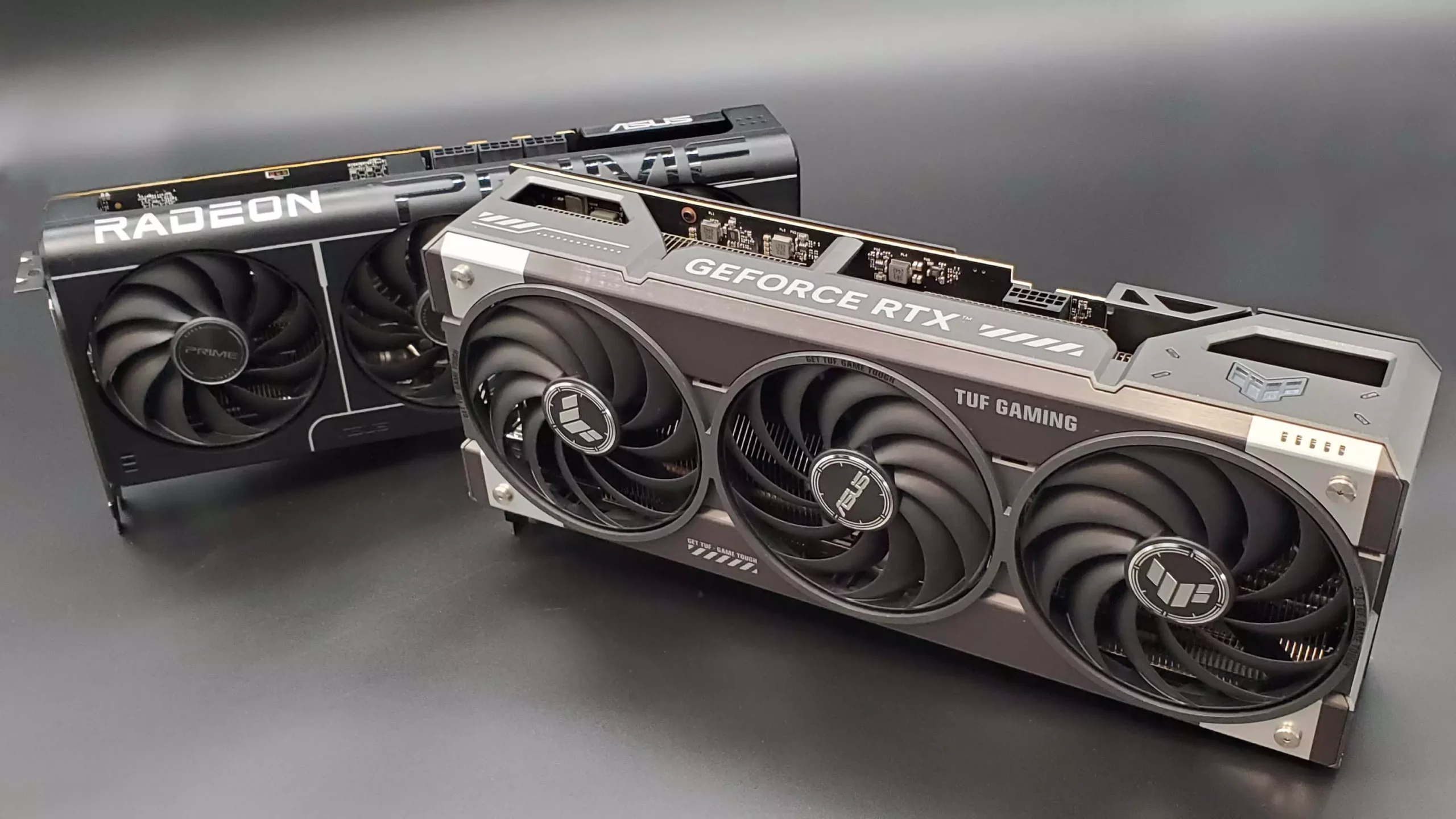As we eagerly anticipate Computex, the annual tech spectacle renowned for unveiling groundbreaking innovations, the buzz in the gaming community is palpable. One of the most exciting prospects on the horizon is the possible debut of the AMD Radeon RX 9060 XT. This upcoming graphics card is generating discussions about its potential to disrupt the entry-level segment, making high-performance gaming accessible to a broader audience. The gaming landscape has desperately needed a fresh influx of competitive offerings, particularly at lower price points, and the RX 9060 XT could be just what the market needs.
Rumors vs. Reality: The 8 GB Dilemma
In a twist that many enthusiasts are analyzing with bated breath, rumors have surfaced suggesting that an 8 GB variant of the RX 9060 XT will soon grace the market. Sources reportedly indicate that despite earlier speculation claiming the cancellation of this model, it remains very much on the table. Benchlife’s assertions that AMD is far from terminating its 8 GB plans bring some much-needed optimism to budget-conscious gamers. The idea that a reliable 8 GB card could soon be available is encouraging. While skeptics contend that 8 GB may soon be insufficient for modern titles, many games still perform commendably within this VRAM threshold.
The ongoing debate about VRAM capacity raises valid concerns, but it’s essential to ground these discussions in the realities of gaming needs while considering the current economic landscape for hardware. Given high prices and fluctuating availability, an 8 GB card priced competitively would not only be a sensible option but also a necessary one for many aspiring gamers seeking affordability paired with performance.
Balancing Price and Performance
While discussions around VRAM often take center stage, the actual performance of the RX 9060 XT remains somewhat murky. Preliminary leaks suggest that this card could deliver performance reminiscent of the RX 7600 XT, with potential improvements from elevated clock speeds. The need to balance specs with a suitable price point is critical in ensuring its success in a crowded market dominated by Nvidia’s offerings. As it stands, Nvidia’s recent launches have overshadowed lower-end components, which only underscores the need for a robust contender like the RX 9060 XT to foster competition.
AMD’s RDNA architecture has garnered attention for its efficiency and capability enhancement, and leveraging this technology could significantly influence the RX 9060 XT’s performance metrics. Furthermore, the introduction of features such as FSR 4 upscaling and frame generation tech reaffirms AMD’s commitment to enhancing the gaming experience while closing the performance gap with its primary competitor. The prospect of receiving cutting-edge technology at this pricing tier is exciting for both casual and franchise gamers.
The Bigger Picture: Market Dynamics
It’s important to contextualize the RX 9060 XT’s potential announcement within the broader dynamics of the GPU market. With ongoing supply chain issues and increased component scarcity, the availability of such cards is inflated. Ultimately, without an adequate supply of RX 9060 XTs on store shelves, prices can easily balloon, further exacerbating the challenges facing buyers. The trend we’ve observed in the market emphasizes that availability may guide prices more than the features themselves.
As manufacturers like AMD position themselves to potentially flood the entry-level space with more diverse options, this shift could invigorate the lower-end GPU market that has suffered for too long due to a lack of high-competition alternatives. With Nvidia’s RTX 5060 models already entering circulation and benchmarks for laptop GPUs beginning to materialize, it appears that the tides are finally turning.
The anticipation surrounding the upcoming RX 9060 XT reflects broader desires in the community for better and more affordable gaming options. Whether AMD can deliver on this promise remains to be seen, but the timing may be fortuitous enough to reinterpret how we view entry-level gaming hardware and its significance in propelling gaming accessibility forward. Each advancement or new release could pave the way for even further enhancements down the line. The excitement surrounding what might unfold is a testament to the community’s commitment to pushing for better gaming experiences—one entry-level GPU at a time.

